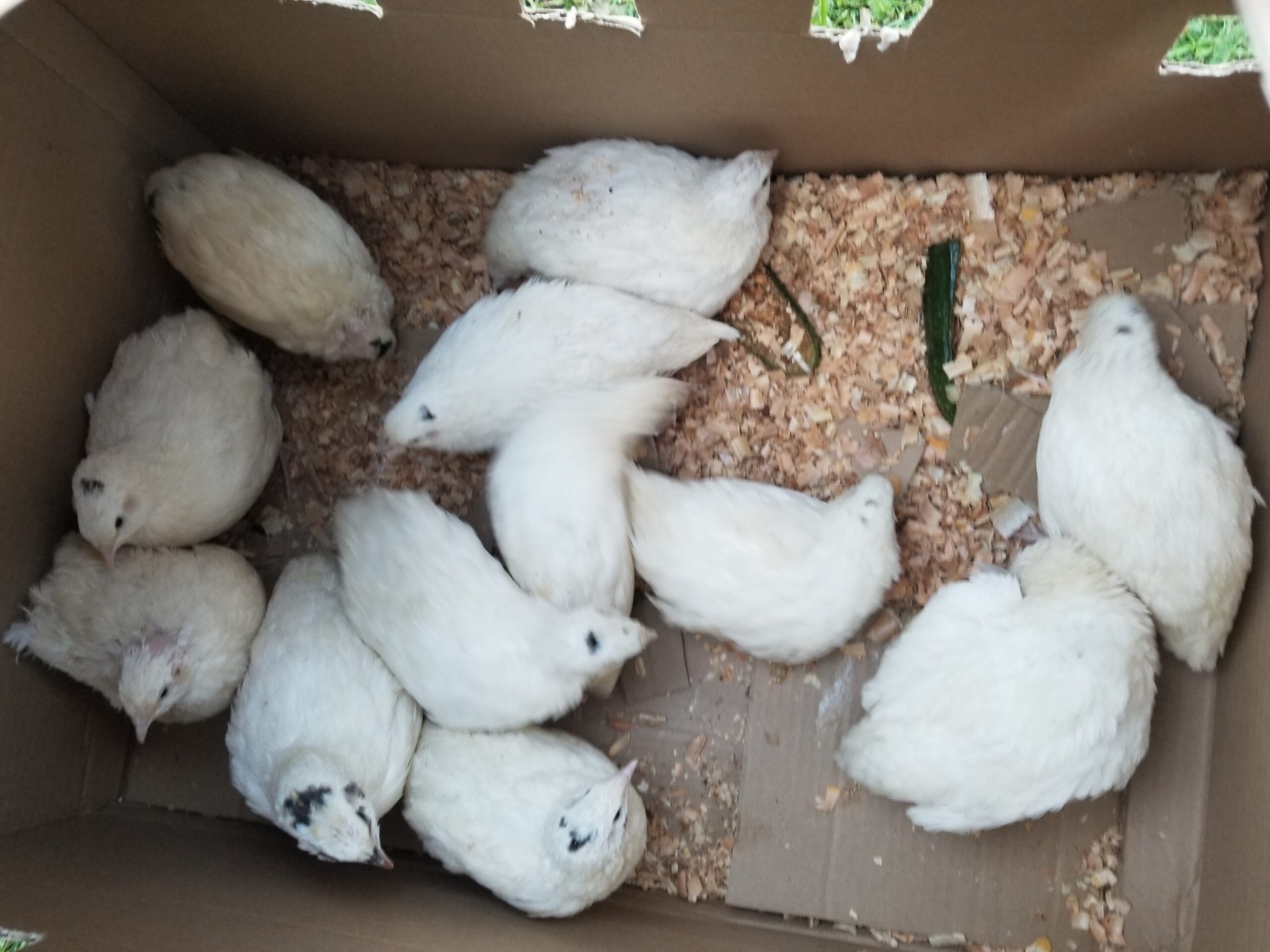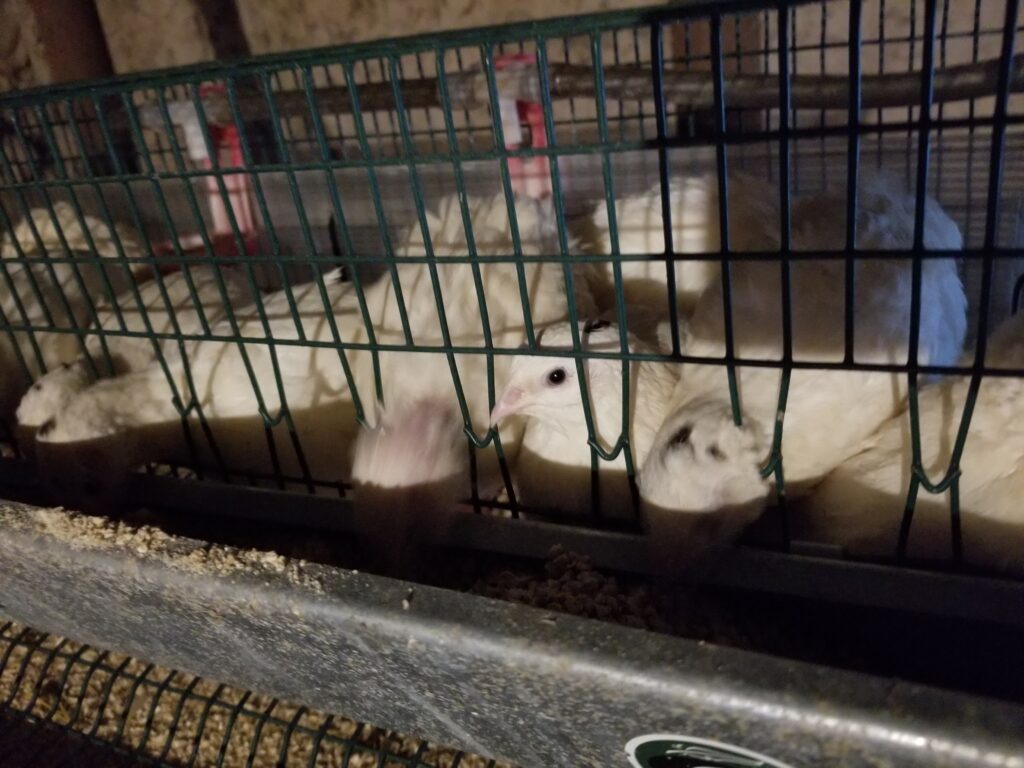Excitement was running high at Sulbi Talu today as we welcomed some very special new residents to our growing quail family. We’ve acquired our first Texas A&M quail, and let me tell you, the difference between these giants and our regular Coturnix quail is absolutely striking.

Meet the Texas A&M Quail
If you’ve only ever seen standard Coturnix quail, prepare to have your mind blown. Texas A&M quail (officially called Texas A&M Pharaoh quail) are the result of selective breeding for size, and boy did those researchers succeed. These birds can weigh twice as much as regular quail, making them look almost like tiny chickens when placed side by side with their smaller cousins.
Developed at Texas A&M University (hence the name), this breed was specifically created for meat production. But for us, they represent something even more exciting: the foundation of an expanded breeding program with incredible genetic diversity potential.
Size Matters
The moment you see a Texas A&M quail next to a regular Coturnix, you understand why they’ve become so popular among quail enthusiasts. We’re talking about birds that can reach 300-400 grams compared to the 150-200 grams of standard quail. That’s not just a little bigger—that’s a game-changer for anyone interested in quail as a sustainable protein source.
But it’s not just about size. These birds maintain all the wonderful characteristics that make quail such fantastic farm birds: quick maturity, efficient feed conversion, relatively quiet nature (compared to chickens), and excellent egg production capabilities.

Future Breeding Plans
Here’s where things get really exciting: new incubator eggs are coming from these beauties. We’re planning to establish a proper breeding colony that will allow us to produce both pure Texas A&M quail and potentially explore some interesting crossbreeding experiments.
The genetics possibilities are fascinating. Will we get the size benefits of the Texas A&M with different color patterns from our existing Coturnix varieties? Will we see hybrid vigor that produces even hardier, more productive birds? Time will tell, but the anticipation is already building.
Adding to Our Quail Collection
These Texas A&M quail join our existing collection of various Coturnix varieties, creating what’s becoming quite an impressive quail operation here at the farm. Each breed brings something different to the table—some for their beautiful colors, others for their egg production, and now these giants for their impressive size and meat potential.
It’s amazing how quickly our “simple” quail hobby has evolved into a serious breeding program. What started with a basic incubator and a handful of eggs has grown into multiple breeding lines, specialized housing, and now the addition of this premium breed.
What’s Next?
Over the coming weeks, we’ll be documenting how these Texas A&M quail settle into farm life, how they interact with our existing quail population, and of course, their breeding performance. The first eggs should start appearing soon, and then the real excitement begins when we load up the incubator with these jumbo quail genetics.
Stay tuned for updates on our Texas A&M quail breeding program. If you’re interested in quail farming, this breed might just change your perspective on what’s possible with these incredible little birds.
Have you ever raised Texas A&M quail? What’s been your experience with different quail breeds? Share your quail stories in the comments!
Interested in starting your own quail breeding program? Ask questions below and we’ll share what we’ve learned!